《Manufacturing Consent》 was a book written by Edward Herman and Noam Chomsky in 1988. In this book, they explained that it is a process by power which aligns public consciousness with mainstream ideology through multifarious means. Media is among the process, a tool of propaganda, persuading them to accept ideas of U.S. and Western political-economic elites.
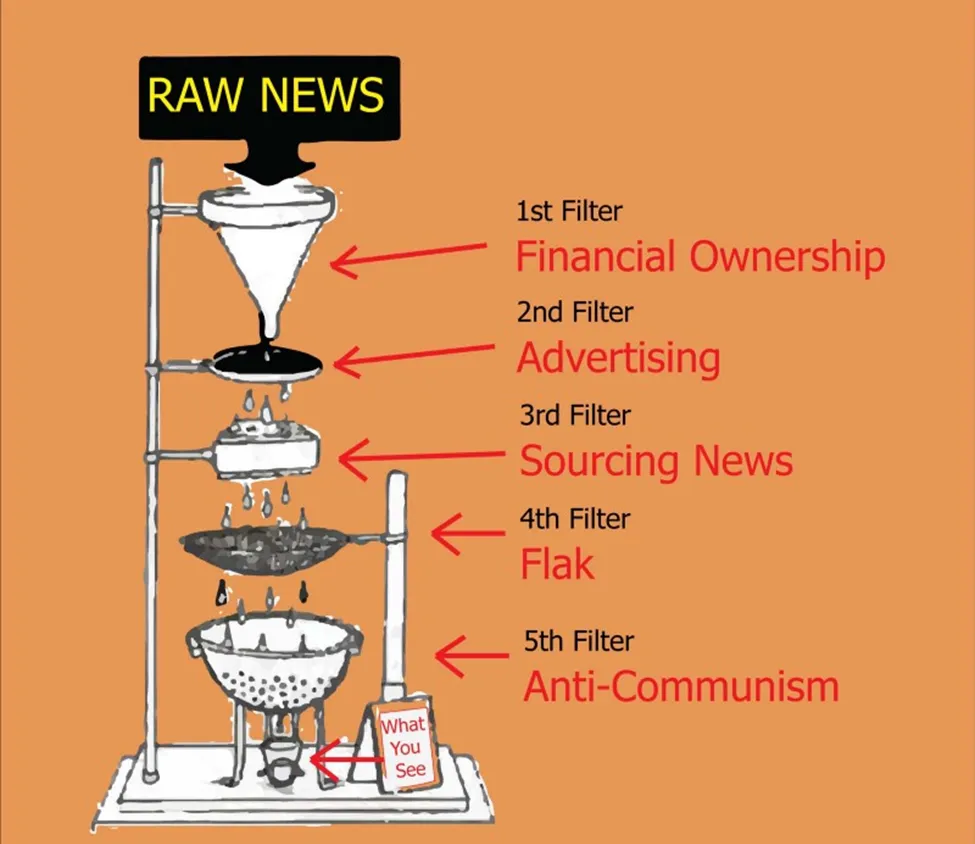
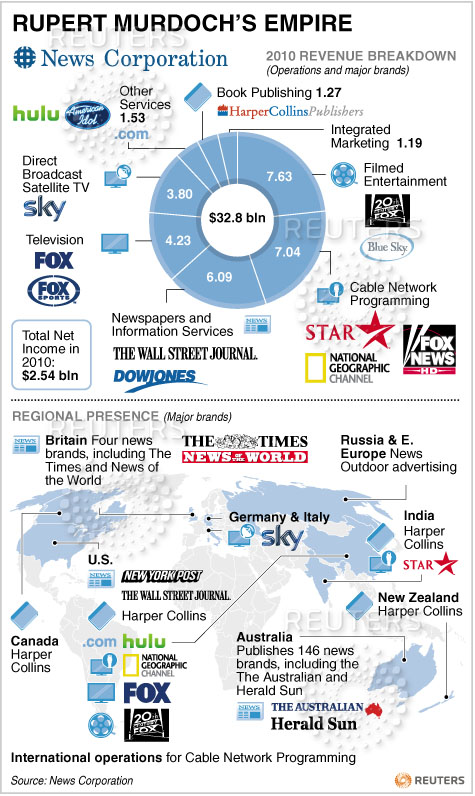
Especially, the news is filtered before it is published in the propaganda model. The first filter is size, ownership and profit orientation of media. As an expansion of free market in America, the scale of media was also increasing in the 19th century, leading to the cost of operating an influential media organisation becoming pricy, which means if the media organisations were without tremendous financial support from the wealthy, they would gradually decline. With the increasing concentration of Western media, these media groups formed a high degree of monopoly on the media market. They firmly controlled the propaganda resources, setting the national agenda by the elites. For example, Rupert Murdoch’s media groups include The Times, Sky News, and even 20 century Fox Film.( Kellner, D. and Durham, M.G. 2006. )
The interests of advertisers become the second filter of news production. In a commercial age, the media’s survival relies on advertisers’ investment. Media is the best platform to maximise publicising products to persuade potential consumers. To cater to their preferences, mass media have to make corresponding changes. Like some environmentally friendly TV documentaries, it often lacks financial investment from advertisers because the company products are produced by destroying the environment, facing going off air. Therefore, the content is filtered by advertisers.
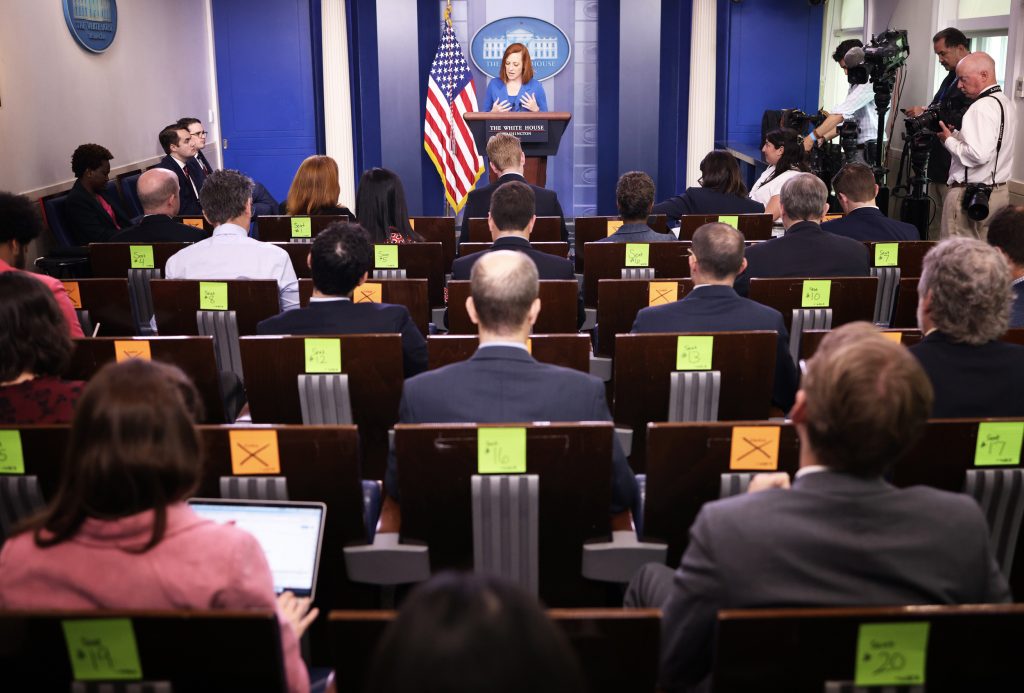
Sourcing is the third filter of the propaganda model because the media needs reliable raw materials and cannot afford cameras and correspondents at any place or face the risk of a libel case. Due to powerful institutions representing credible images to the audience through their status and prestige, the media shape their impartial images by acquiring formal sources from the institutions. Finally, the news is reported by authorities instead of freedom reporting, such as American news from the White House and the Pentagon.
The fourth filter is flak which is a negative response to media content. If the flak is incited by big influential groups or opinion leaders, the journalists or media industries will face too much pressure and alter the content. However, the flak represents an interest from the side of the upper class.
The fifth filter is anti-communism. Capitalist society emphasises private ownership, and the Western elite believes that communism will endanger their class status. In a cultural environment where anti-communism has become the mainstream belief, all dissenting views are labelled “communist” as “the devil”. In particular, I often looked through Western media news that reported negative news about the Chinese government.
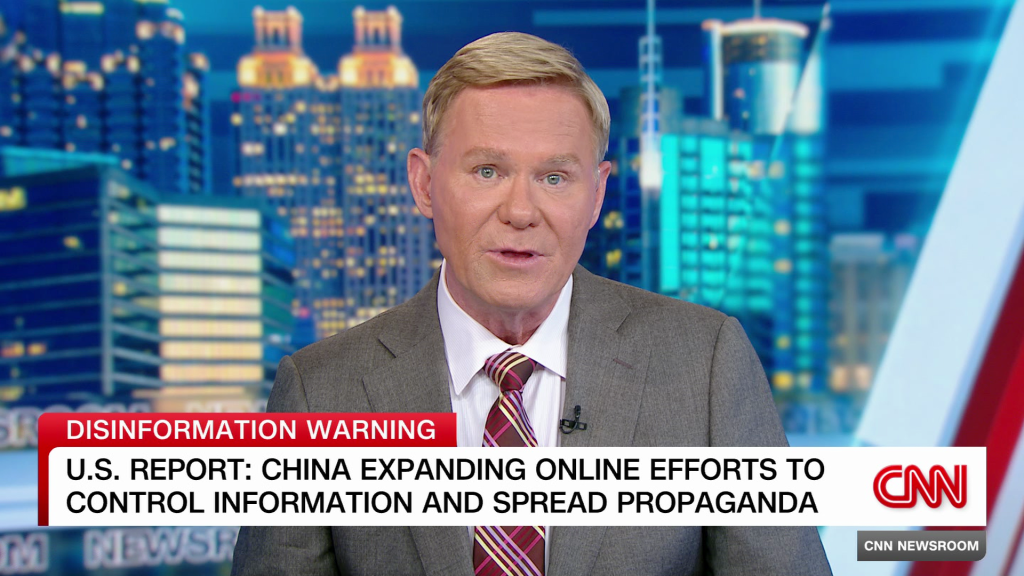
However, there are some shortages of the model, some critics think that external influences like economic dynamics also influence the content because it is linked to advertisers’ interests. (Golding and Murdock,2018) Also, the model may not be suitable for use in some countries with diverse media systems and political structures. ( Corner,2003)
Reference List
Corner, J., 2003. The model in question: A response to Klaehn on Herman and Chomsky. European Journal of Communication, 18(3), pp.367-375.
Golding, P. and Murdock, G., 2018. Ideology and the mass media: the question of determination. In Routledge Revivals: Ideology and Cultural Production (1979) (pp. 198-224). Routledge.
Kellner, D. and Durham,M.G., 2006, 《Media and cultural studies: Keyworks》,Wiley Press.

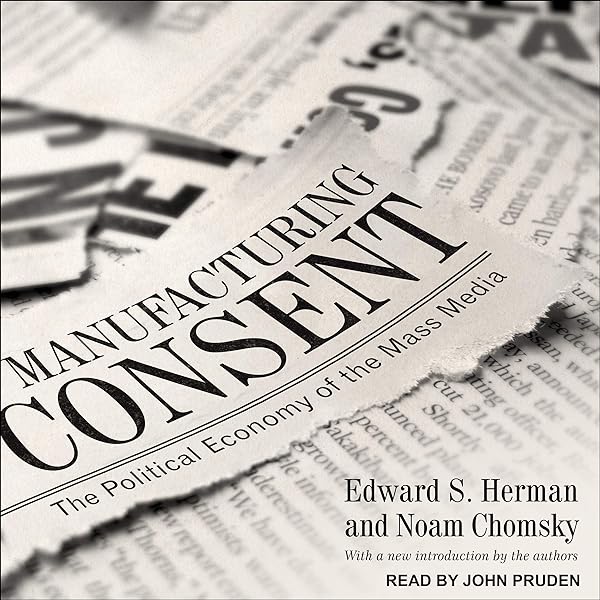
“Manufacturing Consent” acknowledges its detailed analysis of media as a tool for advancing U.S. and Western elite interests, particularly through the outlined five filters such as media size and ownership. However, you note the book’s oversimplification of audience passivity and its predominantly Western focus, suggesting that its insights might not fully translate to diverse global media contexts. You propose that the book could benefit from a more nuanced perspective on audience engagement and a broader consideration of international media landscapes.